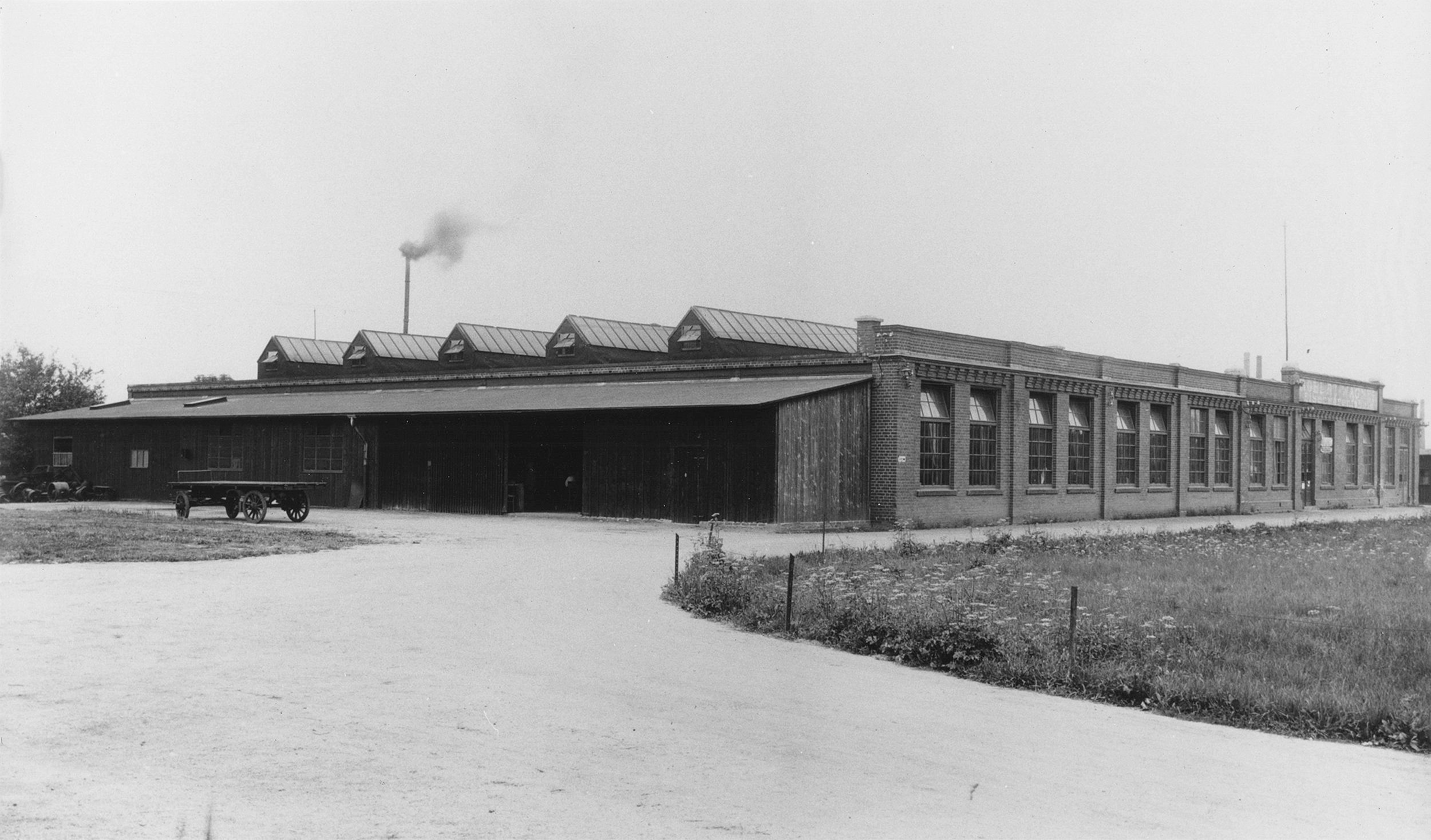The story.
1888 - the Industrial Revolution is in full swing. Chemnitz, the so-called Manchester of Saxony, quickly develops into one of the most important hubs in Europe for the textile industry and mechanical engineering. The exchange of ideas brings about numerous innovations and start-ups. It was precisely at this time that Karl Robert Wagner, a trained locksmith, founded his Rowac hardware factory. With foresight, he succeeds in taking a bold step with the world's first riveted furniture made of lightweight steel. It became an icon among the Rowac products and made its way into the workshops and classrooms of the Bauhaus in Weimar, Dessau and Berlin.
The beginning.
Growing up in poverty, Karl Robert Wagner must earn his own living at an early age. As a trained locksmith, he travels through Europe and is able to greatly expand his knowledge and skills. Returning to Chemnitz, he is fortunate to receive attractive job offers. But he wants more and eventually decides to start his own business, purchasing the necessary tools and a lathe with the 400 marks he has saved up. He quickly makes a name for himself with his products, such as window latches and openers.
A new path.
The need for functional and at the same time durable furniture is growing, sitting at work is becoming more and more necessary. With the introduction of the model I, Rowac brought the world's first riveted furniture made of lightweight steel to market in 1909. Years of tests, calculations and observations flow into the development of optimal seat and backrest shapes; Rowac becomes a pioneer of ergonomics. A wide range of products for workshops and offices is developed, including chairs, tables, toolboxes and cabinets.
War and what is lost.
The Second World War brings Rowac considerable restrictions in production and delivery to its Europe-wide clientele. Despite a ban on the production of steel furniture, Rowac is initially able to continue. However, this only succeeds because, on the one hand, the construction of the furniture is redesigned so that wood instead of steel is mainly used and, on the other hand, Rowac complies with the strict regulations of the government and carries out orders for various state institutions. These are mainly furnishings, e.g. for air raid shelters, but also ammunition boxes as well.

The Rowac factory grounds - Annaberger Straße 282 a, Chemnitz Germany
What remains.
Despite the forced shutdown of production due to expropriation in the Soviet occupation zone in 1946, Rowac products continue to be used for decades in existing factories. Only later when many factories are closed down or modernised do many pieces sadly end up in scrap yards. The few pieces that are saved or rediscovered are often lovingly repaired or restored, collected and traded. Nowadays, they are exhibited in museums and have their place in both private and public spaces.





